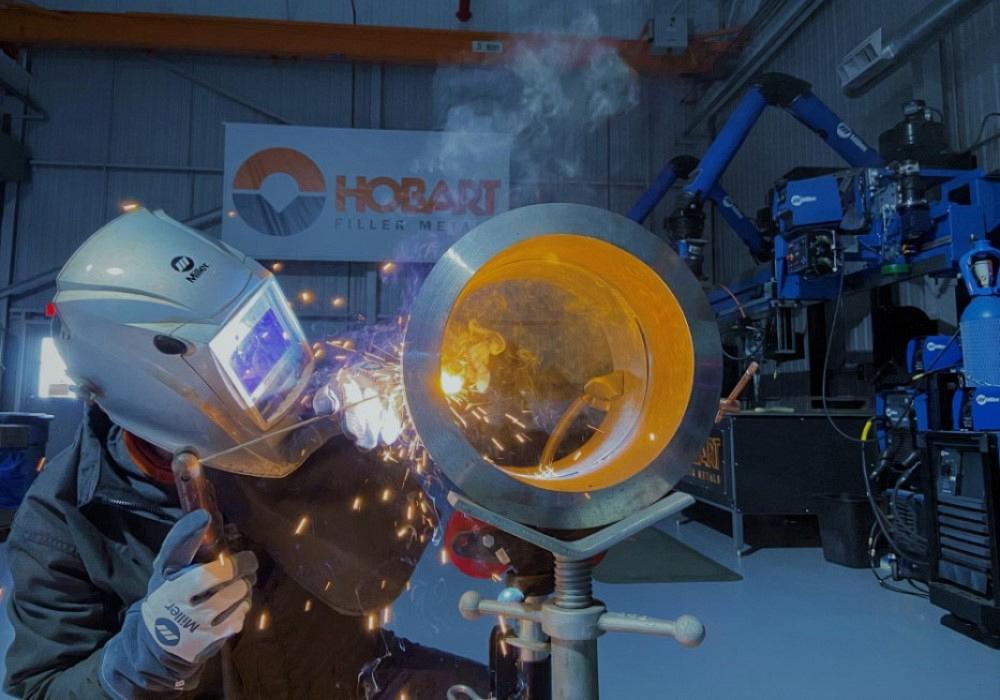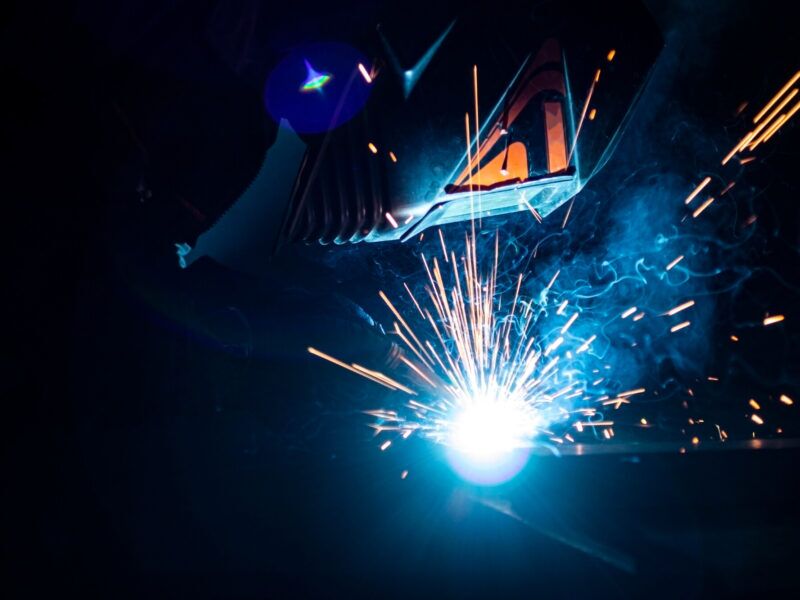Best Practices for Preventing Weld Undercut: Mastering the Basics
Best Practices for Preventing Weld Undercut: Mastering the Basics
Blog Article
Grasping the Art of Welding: Just How to Avoid Undercut Welding Issues for Flawless Fabrication Outcomes
Effectiveness and precision are vital in the world of welding, where even the slightest imperfection can endanger the structural stability of a made piece. One typical obstacle that welders face is damaging, a defect that can lead and compromise a weld joint to expensive rework. By comprehending the origin of undercut welding and implementing efficient techniques to stop it, welders can elevate their craft to brand-new levels of excellence (Preventing weld undercut). In the quest of flawless manufacture outcomes, mastering the art of welding to prevent undercut problems is not simply an ability however a necessity for those striving for perfection in their job.
Recognizing Undercut Welding

To avoid undercut welding, welders need to make sure appropriate welding parameters, such as readjusting the present, voltage, traveling rate, and keeping the proper electrode angle. In addition, using the appropriate welding method for the certain joint configuration is necessary. Using weaving motions or backstepping methods can help guarantee proper weld steel deposition and lower the possibility of undercut formation. Regular inspection of welds throughout and after the welding process is additionally vital to catch any undercut very early and make needed modifications to avoid further flaws. Preventing weld undercut. By understanding the sources of undercut welding and applying preventative measures, welders can achieve top quality, structurally audio welds.
Causes of Undercut in Welding
Comprehending the elements that add to undercut in welding is essential for welders to produce top notch, structurally sound welds. When the weld steel does not effectively load the groove developed in between the base metal and the previously transferred weld steel, damaging takes place. Several aspects can bring about undercut in welding. One typical reason is excessive warm input. Welding at heats for extended periods can lead to the base metal melting even more than desired, leading to undercut. Insufficient welding existing or wrong welding rate can additionally add to undercut. Inadequate current might not offer sufficient warmth to melt the base and filler metals appropriately, while excessive rate can protect against appropriate fusion, creating undercut. In addition, inappropriate electrode angles or incorrect torch adjustment techniques can develop locations of reduced weld steel deposition, advertising undercut. Understanding these reasons and carrying out appropriate welding strategies can aid stop undercutting issues, guaranteeing solid and long lasting welds.
Methods to Protect Against Undercutting

To minimize the threat of undercutting in welding, welders can utilize critical welding methods intended at boosting the high quality and stability of the weld joints. In addition, using the correct welding technique for the particular joint arrangement, such as weave or stringer beads, can add to lowering undercutting.
Furthermore, correct joint look at here now preparation, including ensuring tidy base products free of impurities and utilizing the ideal welding consumables, is critical in stopping undercut defects. Employing back-step welding techniques and regulating the weld grain account can check that also help distribute warmth uniformly and lessen the threat of undercut. Normal inspection of the weld joint during and after welding, in addition to executing quality control measures, can help in spotting and addressing damaging problems immediately. By executing these strategies carefully, welders can accomplish perfect manufacture results with minimal undercut defects.
Significance of Appropriate Welding Parameters
Selecting and keeping proper welding parameters is vital for achieving successful welds with minimal flaws. Welding specifications describe variables such as voltage, current, travel rate, electrode angle, and shielding gas flow price that directly affect the welding process. These specifications should be very carefully changed based upon the type of material being welded, its thickness, and the welding technique employed.
Proper welding criteria ensure the right amount of warmth is used to melt the base metals and filler product consistently. If the specifications are established as well high, it can cause too much warm input, triggering distortion, spatter, or burn-through. On the other hand, if the parameters are as well reduced, incomplete combination, lack of infiltration, or damaging might take place.
Quality Assurance in Welding Operations

Final Thought
To conclude, understanding the art of welding requires an extensive understanding of undercut welding, its causes, and strategies to avoid it. By guaranteeing proper welding criteria and applying quality control methods, remarkable construction results can be attained. It is important for page welders to continually pursue excellence in their welding operations to prevent undercut issues and create high-quality welds.
Undercut welding, a common problem in welding processes, occurs when the weld metal doesn't appropriately load the groove and leaves a groove or depression along the bonded joint.To protect against undercut welding, welders need to make certain proper welding criteria, such as changing the existing, voltage, travel speed, and keeping the correct electrode angle. Insufficient welding current or wrong welding speed can also add to undercut.To alleviate the danger of undercutting in welding, welders can employ critical welding techniques aimed at enhancing the quality and stability of the weld joints.In final thought, understanding the art of welding requires a thorough understanding of undercut welding, its causes, and techniques to avoid it.
Report this page